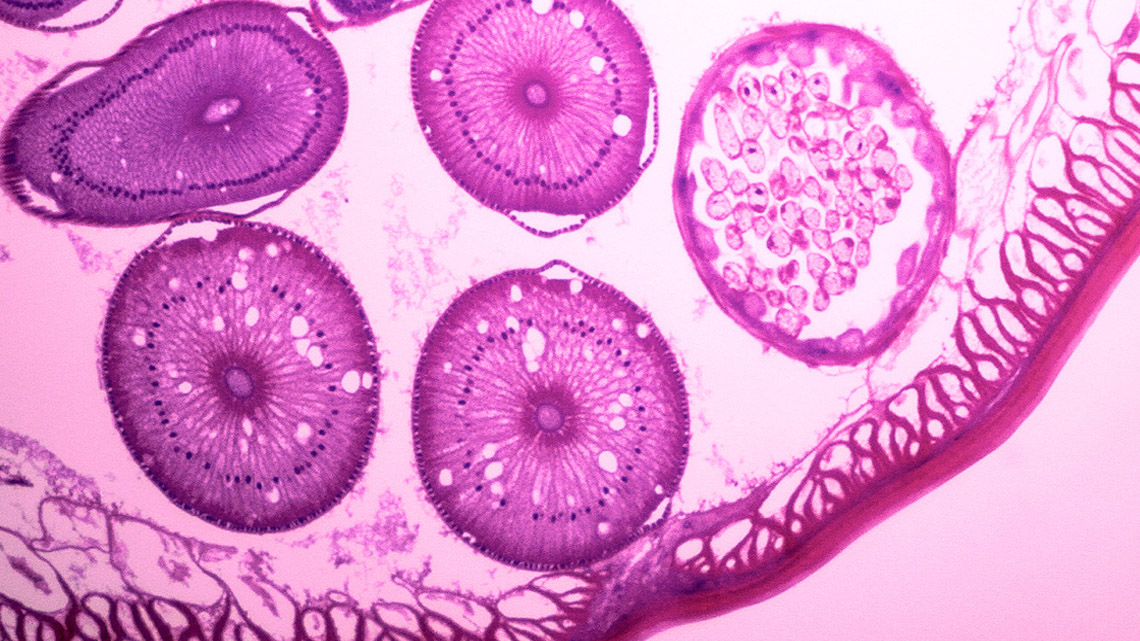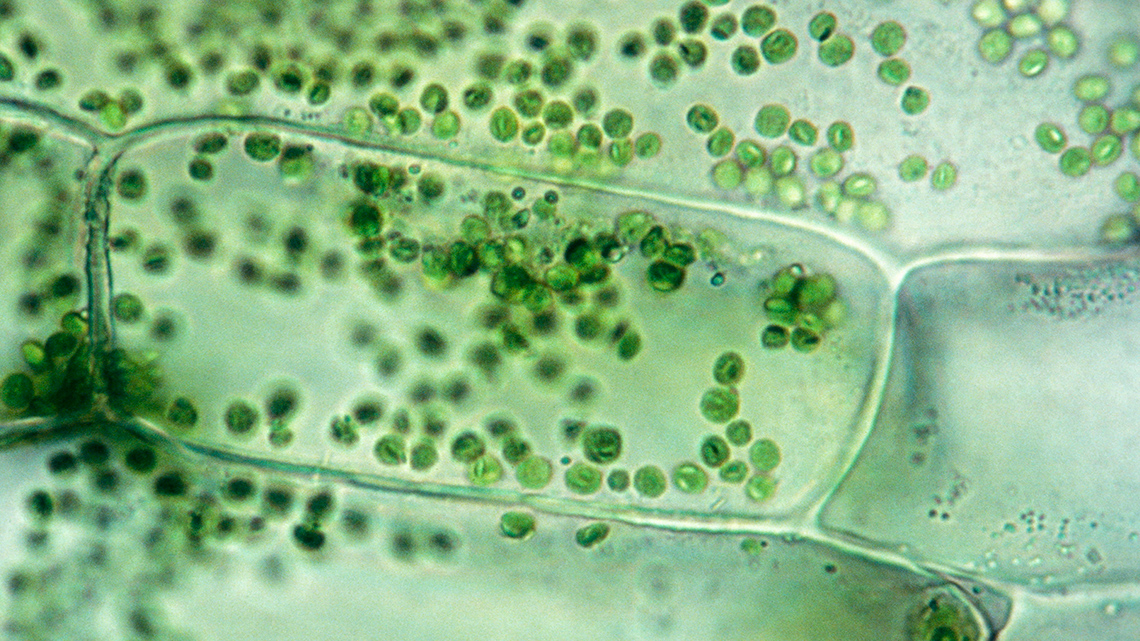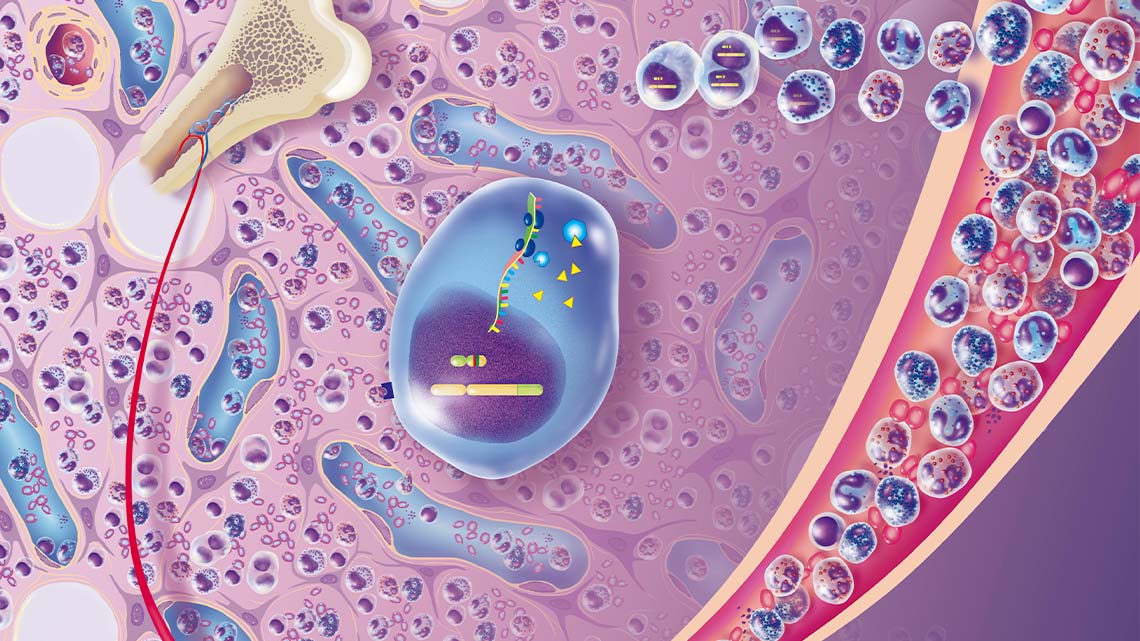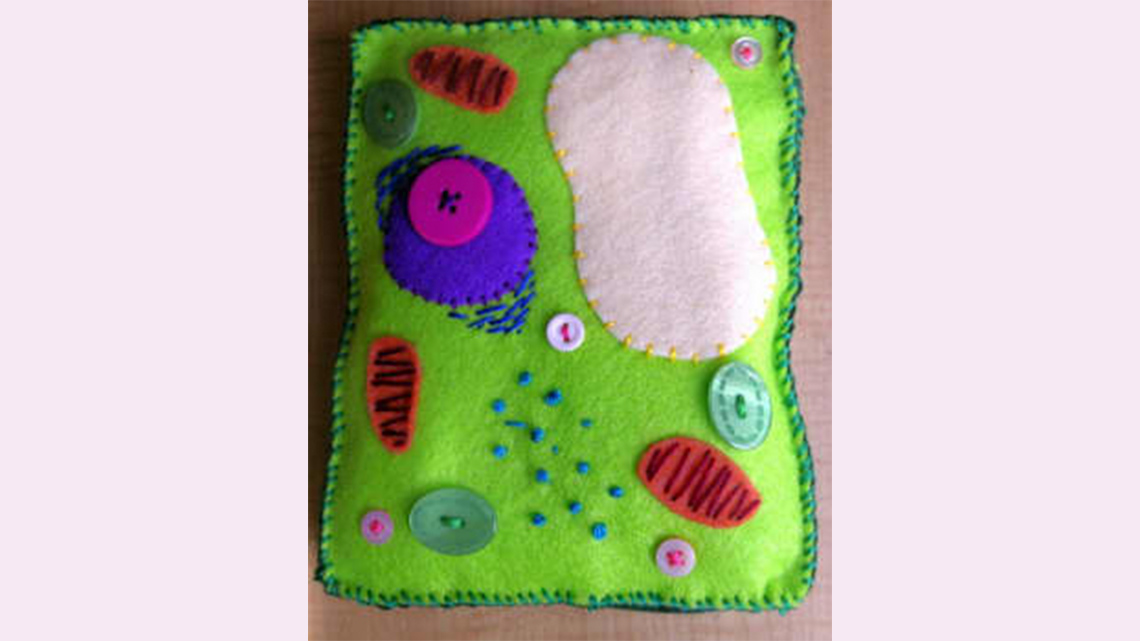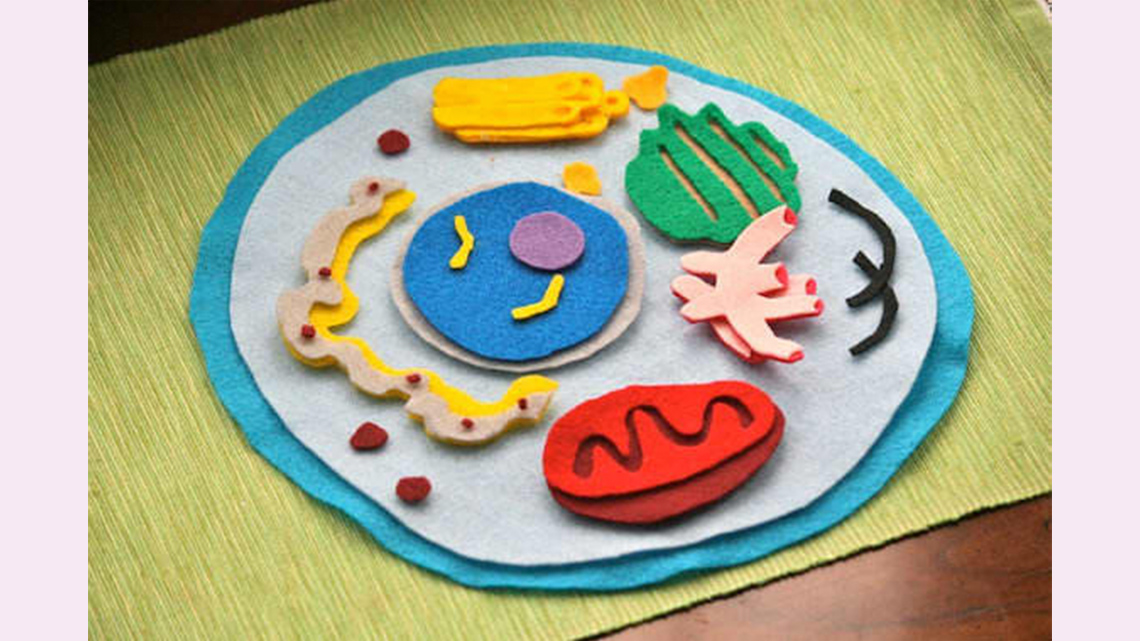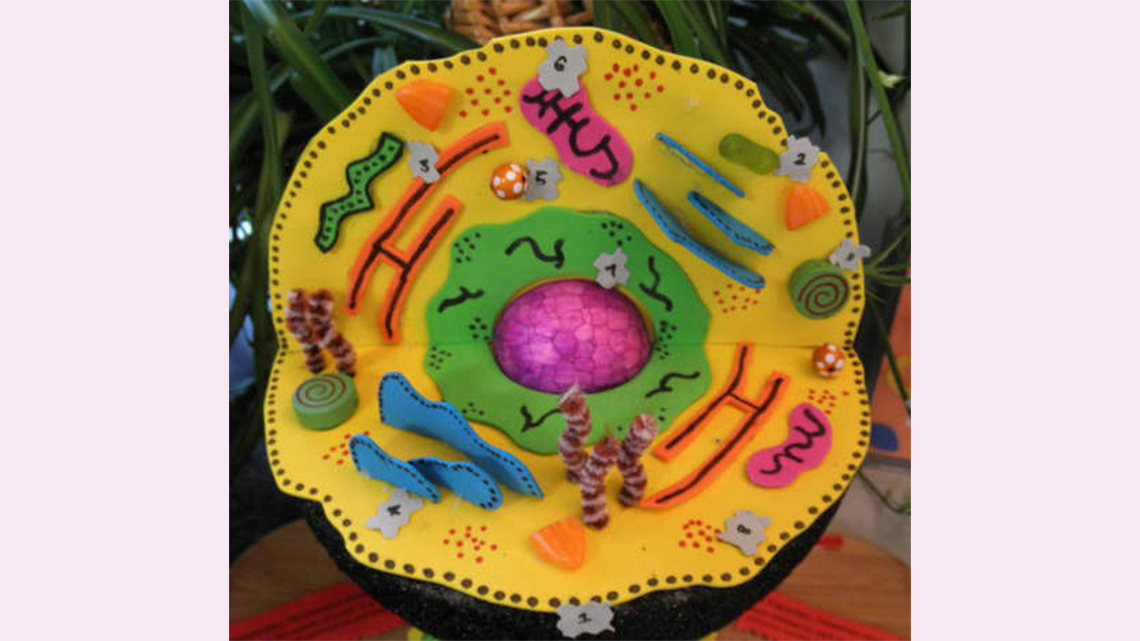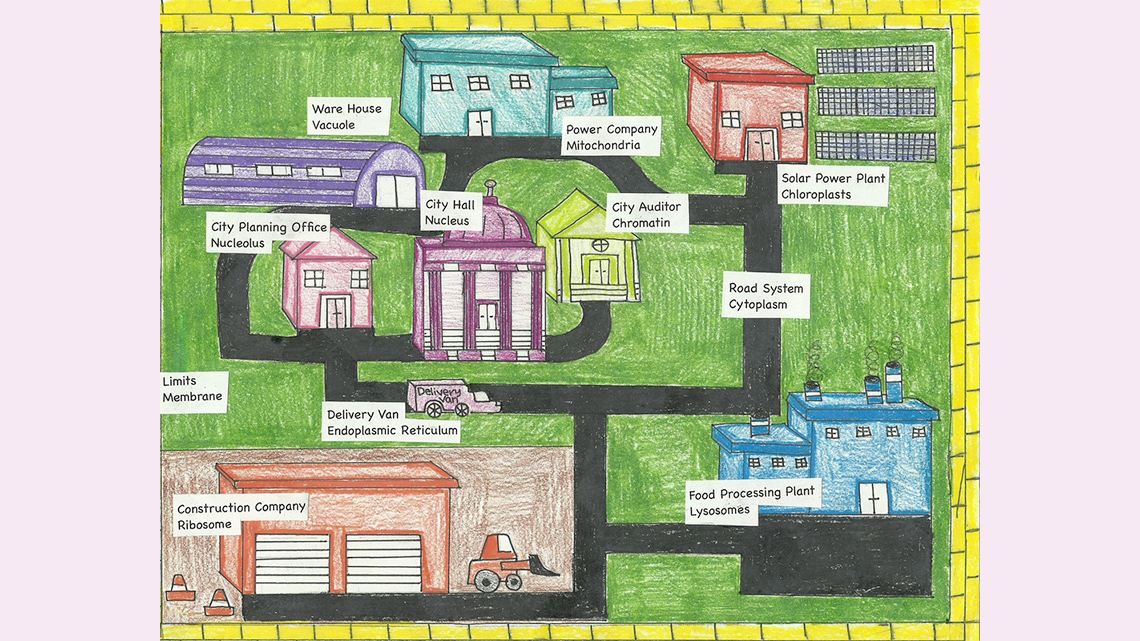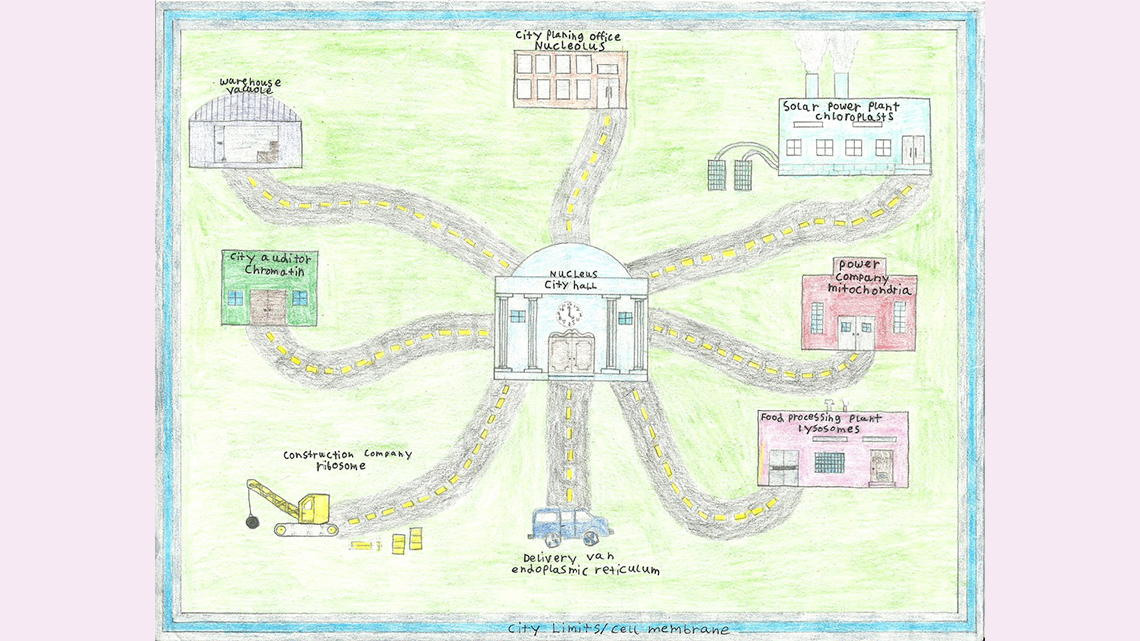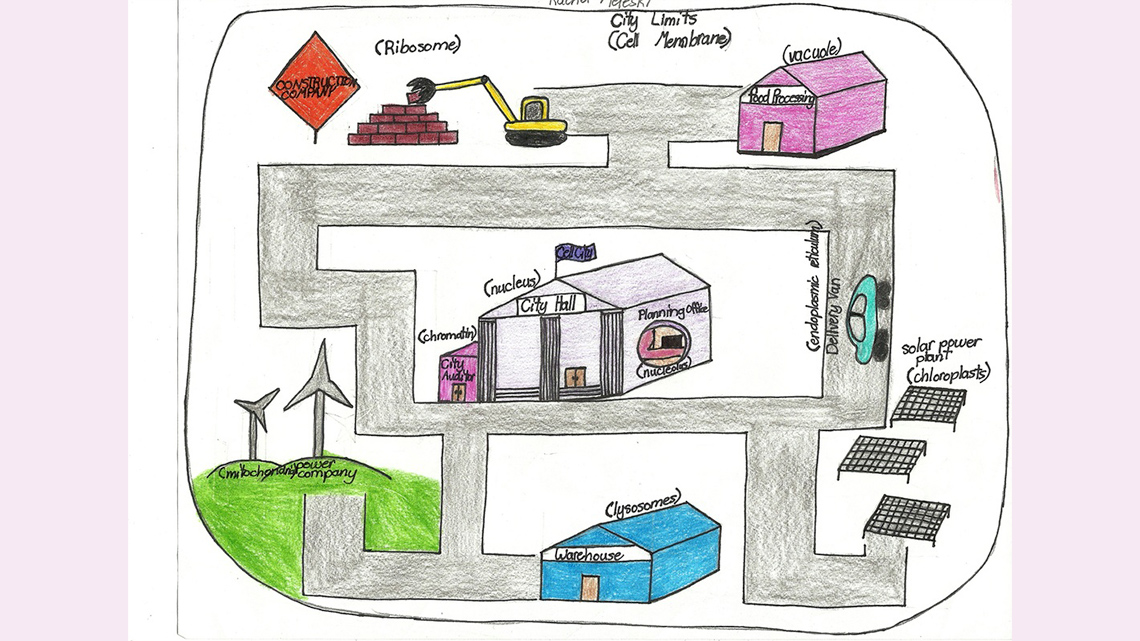Minds On
What do you know about cells?
What do you know about cells? Brainstorm what you think you already know about cells and their functions in the “RAN Chart” below or in another method of your choice. A “RAN Chart” is a graphic organizer that is used as a tool for reading and analyzing non-fiction texts. You will revisit this organizer at the end to add any new information that you learned. Use the carouselof images to guide your thinking. For this section of the learning activity, focus on:
What I Think I Know – record what you believe you already know about cells. Record all your ideas even if you’re not sure if they are accurate. You will have a chance to revisit them and either confirm them or identify them as a misconception.
What I Wonder – what are you curious to learn more about when it comes to cells?
Complete the RAN Chart in your notebook or using the following fillable and printable document. If you would like, you can use speech-to-text or audio recording tools to record your thoughts. Use the images as inspiration.
| What I think I know | What I am wondering | What was confirmed | Misconceptions | New knowledge learned |
|---|---|---|---|---|
Press the ‘Activity’ button to access RAN Chart.
Image 1: In this cross-section of a worm under a microscope, there are several circular shaped objects inside a thick wall membrane.
Image 2: This image of a plant cell includes images of the parts of the cell and labels. The cell membrane is the inner line of the outer shell of this square shaped cell. All of the other parts of the cell are inside the cell membrane. There are small green oval shaped objects found in three separate places. There are small, round, yellow circles. There is also a large kidney shaped object and a small egg-shaped object. Throughout there are small yellow grouping of small, thin rectangular shaped objects. There are also 4 brown thin, oval shaped objects.
Image 3: This image of an animal cell is a cross-section. The outer shell is oval shaped with thin, pointy pieces jutting from the outside of the cell. Inside there are long, thin yellow stick-like objects, a red sphere in the centre surrounded in yellow protective walls. There are three small objects on the outside of the walls embedded into the cell.
Image 4: A cross-section of cells in a body under a microscope. The cells are rounded objects containing various other objects inside them. The cells are moving throughout the body.
Action
Task 1: Exploring
All living things have cells. Tiny cells are the building blocks of all living things and make up everything from bacteria to animals and humans.
Cells are categorized based on their complexity:
Unicellular: the simplest organisms that only have one cell (i.e. bacteria, yeast, protists) and do everything they need for survival within that one cell
Image 1: This image includes five unicellular organisms. They are all different in appearance. One organism is oval shaped with a dark brown circle inside and small circles throughout, close together but not touching. The second organism is a long oval shape with one pointy end. It has a thread at one end, partly inside and partly outside of the cell. There is one red circule, eight thin green sticks, seven tiny circles and one yellow circle with short lines surrounding it. The third organism is a green circle with a red circle, two yellow thin oval objects and a green oval with five small ovals inside. The fourth organism is represented as a starfish shape with circles of various sizes inside. There is a red circle in the centre and one thin purple object inside. The fifth organism is a long oval shape with one pointy end. It has small lines surrounding the organism on the outside. Inside are five small circles, one large blue oval shaped object a red object attached to the inside of the organism wall, and two small yellow circles with short lines surrounding each.
Image 2: A bacteria cell with labelled parts. The parts of the cell include: flagella, nucleoid, pilus, plasmid, capsule, cytoplasm, food granule, ribosomes, mesosome, plasma membrane, and the cell wall.
Multicellular: more complex organisms (i.e. animals and plants) that have more than one cell and groups of cells that take on specialized functions
Image 1: An animal cell with labelled parts. The parts of the cell include: centrosome, cytoplasm, mitochondria, rough endoplasmic reticulum, smooth endoplasmic reticulum, nucleus, Golgi apparatus, ribosomes, vacuole, lysosome, and the cell membrane.
Image 2: A plant cell with labelled parts. The parts of the cell include: Golgi apparatus, cytosol, endoplasmic reticulum, nucleus, vacuole, chloroplast, mitochondria, the cell membrane, and the cell wall.
In complex organisms, such as plants, animals and humans, cells are made of several organelles that perform various functions and allow for their cell’s independent operation.
Pause and Reflect
Pause and reflect
Take a few moments to pause and reflect on the following questions. Consider recording your reflections to the “RAN Chart” in your notebook or using the following fillable and printable document.
- What is a cell membrane?
- What is the main difference between a unicellular organism and a multicellular organism?
- What are the main similarities between the structure and function of plant and animal cells?
- What are the main differences between the structure and function of plant and animal cells?
Review the following flashcards to learn about cells and their functions.
Task 2: Creating a model/cell city
For this section of the learning activity, you will be creating your own representation of a plant or animal cell. You will have two options for this:
- create a physical model of a cell that is labelled appropriately with all the organelles within the cell
- create a “cell city” that relates parts of a city to the parts of a cell (in this option, you can build, sketch, or record a detailed audio recording of your city as well)
Before beginning your design, explore this video that explains the Engineering Design Process. This will help guide you as you work your way through this activity.
Check out this video to learn about the steps of the Engineering Design Process.
Option 1: Creating a model
Explore the following models from the Owlcation article "How to make a 3D cell model" for inspiration in creating your own cell model. Notice how the examples are very creative in using a variety of materials.
In this option, you will be creating a physical or digital model of a plant of animal cell following the steps that are outlined.
Press the following tabs to access the steps for creating a model.
Decide whether you are making a plant or animal cell and record all of the different organelles that are in that cell.
Hint: refer back to Task #1 of this activity.
Record the function and appearance (i.e., size, shape, colour) of each organelle. Think about how you will represent them in a model. Draw rough sketches of each of the organelles you plan to include.
Choose your materials or digital platform! You might want to consider using: clay, styrofoam, beads, yarn, twine, raw noodles, dry beans, pipe cleaners, buttons, rubber bands, toothpicks, construction paper, cardboard, playdough, scissors, tape, glue, etc. (Hint: the best materials are ones that already appear to be the same size, shape, and colour as the organelle. For example, the nucelus is always round so you could use a gumball or grape). If you are considering a digital option, consider what platform or software you would use to create your model.
Create a sketch / diagram of your cell model in print or digitally. Label materials and organelles. List detailed steps you will need to complete to create your model.
Build or create your final model! You must include at least 8 LABELLED organelles.
Once you have completed your cell model, answer the following reflection questions using a method of your choice.
- How well do you feel this project went? What evidence do you have to support this?
- What challenges did you encounter when building your model? How did you solve these challenges?
- What changes did you make between your plan / design and your actual model? Why did you need to make these changes?
- How did this project help you better understand cell organelles?
- What suggestions would you give someone else to do this project?
Option 2: Cell city project
Imagine that cells are like a miniature city. The organelles would all represent companies, places, or parts of the city that function similarly.
Explore the following descriptions of important parts of a city. Fill in the organelle that you believe matches the description. The organelle function and city function should be similar. You may need to go back and revisit Task #1.
Complete the Cell City Chart in your notebook or using the following fillable and printable document. If you would like, you can use speech-to-text or audio recording tools to record your thoughts.
|
Organelles
|
|
City part |
Function |
Organelle |
|---|---|---|
|
City limits |
Controls what goes in and out of the city. |
|
|
Road system |
Allows for movement within the city. |
|
|
City hall |
The control center of all of the activities in the city. |
|
|
City auditor / records |
Stores all of the city records and passes them on as the city grows. |
|
|
Construction company |
Build structures for the city. |
|
|
Food processing plant |
Processes large quantities of food entering the city into smaller packages that can be moved and stored more easily. |
|
|
Warehouse |
Stores materials that the city needs. |
|
|
Power company |
Produces energy for the city. |
|
|
Solar power plant |
Uses the sun’s energy to produce power for the city. |
|
|
Post office |
Makes, collects, and delivered packages produced. |
|
|
Community |
They live outside city hall around the cell. |
Press the ‘Activity’ button to access Cell City Chart.
Press ‘Sample Answer’ to compare your ideas about which organelle matches.
|
City part |
Function |
Organelle |
|---|---|---|
|
city limits |
controls what goes in and out of the city |
cell membrane |
|
road system |
allows for movement within the city |
rough endoplasmic reticulum |
|
city hall |
the control center of all of the activities in the city |
nucleus |
|
city auditor / records |
stores all of the city records and passes them on as the city grows |
chromosomes |
|
construction company |
build structures for the city |
ribosomes |
|
food processing plant |
processes large quantities of food entering the city into smaller packages that can be moved and stored more easily |
lysosomes |
|
warehouse |
stores materials that the city needs |
vacuole |
|
power company |
produces energy for the city |
mitochondria |
|
solar power plant |
uses the sun’s energy to produce power for the city |
chloroplast |
|
post office |
makes, collects, and delivered packages produced |
golgi apparatus |
|
community |
they live outside city hall around the cell |
cytoplasm |
Now that you have a better understanding of how a city connects to a plant and/or animal cell, use this information to create your city! You can do this in a method of your choice. For example, you can draw out a detailed diagram, create a digital version of the city, create a model of your city, or create a detailed audio description. Be sure to label all the parts of your city and identify how they connect to each organelle. Use the following images as inspiration. "These images are from a class at a school in the Mesa County Valley School District in Colorado, where students also used their imaginations to create cell cities."
Once you have completed your cell city project, respond to the following reflection questions.
- How well do you feel this project went? What evidence do you have to support this?
- What challenges did you encounter during this project? How did you solve these challenges?
- How did this project help you better understand cell organelles?
- What suggestions would you give someone else to do this project?
Consolidation
Assessing your learning

In the graphic organizer below, or another method of your choice, complete the remainder of the RAN Chart
- What Was Confirmed – go back to the first section of your chart and record ideas that were confirmed (accurate/ true) about what you already knew about cells
- Misconceptions – record any information that you thought was true at the beginning but learned was incorrect or not quite as you had thought.
- New Learning – record new information that you learned, and hopefully answer any of your wonderings.
Complete the RAN Chart in your notebook or using the following fillable and printable document. If you would like, you can use speech-to-text or audio recording tools to record your thoughts.
| What I think I know | What I am wondering | What was confirmed | Misconceptions | New knowledge learned |
|---|---|---|---|---|
Press the ‘Activity’ button to access RAN Chart.
Explaining importance

As an organelle within the Cells Corporation, you have been carrying out a specific task day in and day out in order to keep the cell functioning properly.
Your task is to take on the role of organelle in a plant and/or animal cell and convince the Cells Corporation just how important you are!
To convince them, you will need to include the following:
- the job of your organelle
- how your organelle keeps the cell functioning
- how your organelle relates to another organelle (i.e. if you fire me, you’ll have to fire them too!)
- how the cell would be different without you
Present your case in a letter, audio recording, or presentation. Use the following checklist as a guide.
I can communicate learning by:
Reflection
As you read the following descriptions, select the one that best describes your current understanding of the learning in this activity. Press the corresponding button once you have made your choice.
I feel…
Now, expand on your ideas by recording your thoughts using a voice recorder, speech-to-text, or writing tool.
When you review your notes on this learning activity later, reflect on whether you would select a different description based on your further review of the material in this learning activity.
